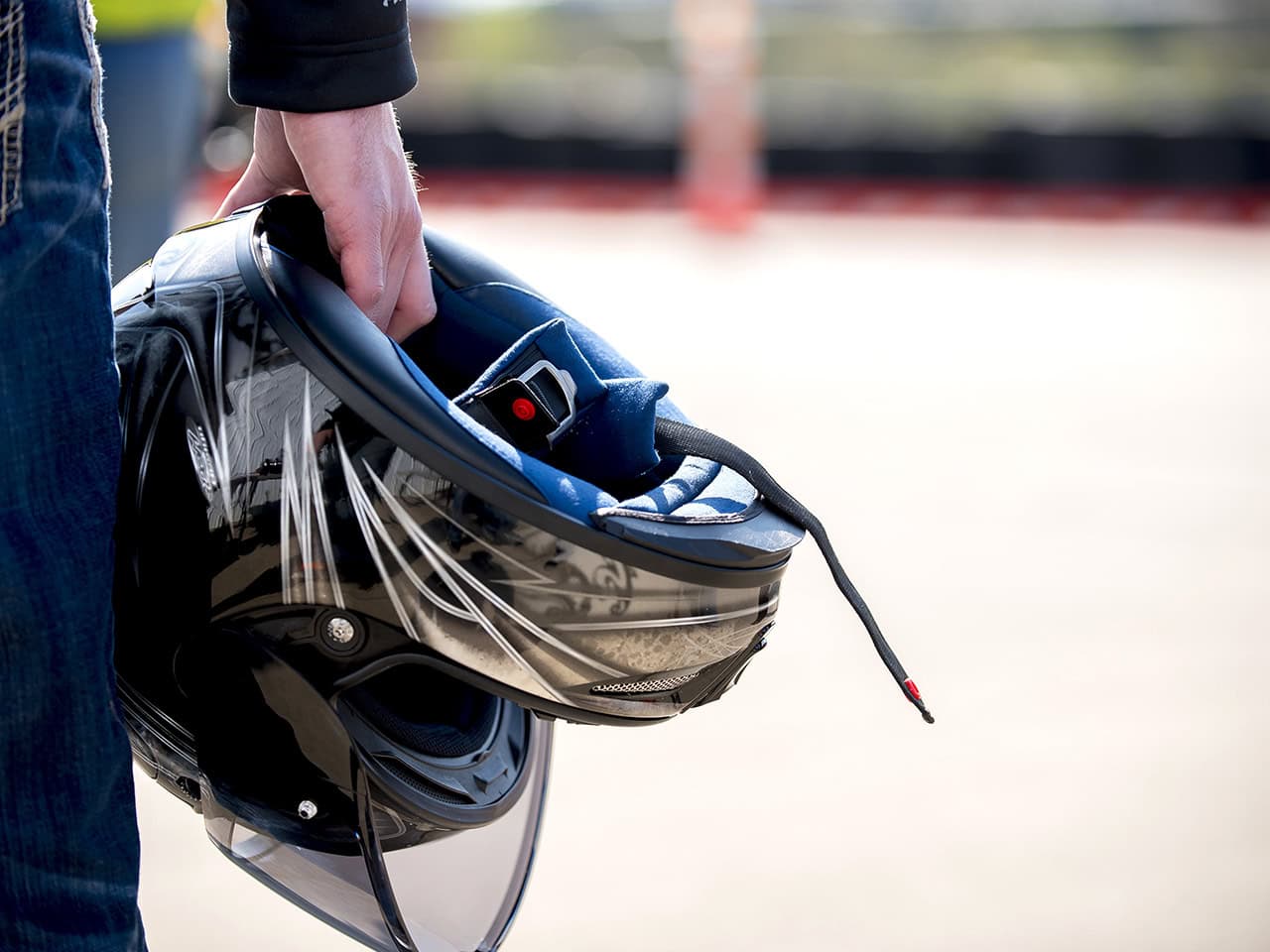If you’ve been injured in a motorcycle accident, you’re likely dealing with far more than just financial losses. The physical pain, emotional trauma, and changes to your quality of life can be overwhelming. Beyond recovering compensation for economic damages, such as lost wages and medical bills, you may be entitled to compensation for non-economic damages, which include pain & suffering. While calculating economic damages is fairly straightforward, calculating non-economic damages is more complex.
At GTA Law Riders, we’re riders like you and believe that every rider that’s wrongfully injured in an accident should be fairly compensated for their injuries and losses. In this blog post, we breakdown what pain & suffering is, the different methods used for calculating it, and what you need to know to protect your rights.
What Is “Pain & Suffering”?
In legal terms, pain & suffering is related to the non-economic damages awarded in a personal injury lawsuit. It refers to the physical pain and emotional suffering a person endures which are caused by an accident. More specifically, it includes compensation for:
- Physical pain from injuries
- Emotional distress (anxiety, depression, PTSD)
- Loss of enjoyment of life
- Loss of companionship or ability to engage in hobbies
- Mental anguish related to scarring or permanent disability
Unlike medical bills or repair costs, these are deeply personal experiences that don’t come with a receipt, but they’re just as real. These are just some examples of the non-economic losses you may be entitled to after a motorcycle accident. You may also be entitled to other damages depending on the circumstances of your accident and injuries.
How Is Pain & Suffering Calculated?
There’s no universal formula to calculate pain & suffering, but insurers, courts, and legal teams typically rely on two main methods:
The Multiplier Method
This is one of the most commonly used approaches. First, your economic damages (medical expenses, lost income, and rehabilitation costs) are totaled. That total is then multiplied by a number—called the multiplier—that reflects the severity of your pain & suffering. The multiplier can range from 1.5 to 5 or higher.
For example, if your total financial damages are $60,000 and a multiplier of 3 is applied due to serious injuries and long recovery time, your pain & suffering damages could be: $60,000 x 3 = $180,000. The multiplier method is influenced by factors such as:
- Severity of injuries
- Length of recovery
- Long-term disability or chronic pain
- Impact on lifestyle and relationships
- Emotional or psychological effects
The Per Diem Method
This method assigns a daily monetary value to the suffering you endure from the date of the accident until you reach maximum medical recovery.
For example, if your daily suffering is valued at $250 and your recovery takes 100 days: $250 x 100 = $25,000. This approach is often used in cases where the recovery period is straightforward and relatively short. For long-term or permanent injuries, the multiplier method is generally preferred.
How Insurance Companies Try to Reduce Your Pain & Suffering Claim
Insurance adjusters often try to minimize non-economic damages by:
- Downplaying your injury severity
- Questioning pre-existing conditions
- Relying on algorithms or “pain tables” to undervalue your claim
- Using surveillance or social media to argue you’re not as injured as claimed
This is why it’s crucial to document everything and work with a lawyer who knows how to advocate for your interests effectively.
What Can You Do to Strengthen Your Pain & Suffering Claim?
To maximize your compensation, keep detailed records of how the injury has affected your life. You should:
- Keep a pain journal
- Attend all medical and therapy appointments
- Document missed work and lost activities
- Save receipts for out-of-pocket costs
- Gather witness statements from friends or family
In addition to these steps, choosing the right motorcycle accident lawyer to represent you can make a difference in your case.
Are There Damage Caps on Pain & Suffering in NC and SC?
For general personal injury claims in North and South Carolina (i.e., motorcycle accidents, car accidents, or slip and falls), there is generally no cap on non-economic damages, which include pain & suffering. However, limits do apply in certain situations, such as cases involving medical malpractice or punitive damages.
Riders Protecting Riders Across the Carolinas
At GTA Law Riders, our motorcycle accident lawyers are committed to telling your story and fighting for the full compensation you need to recover.


